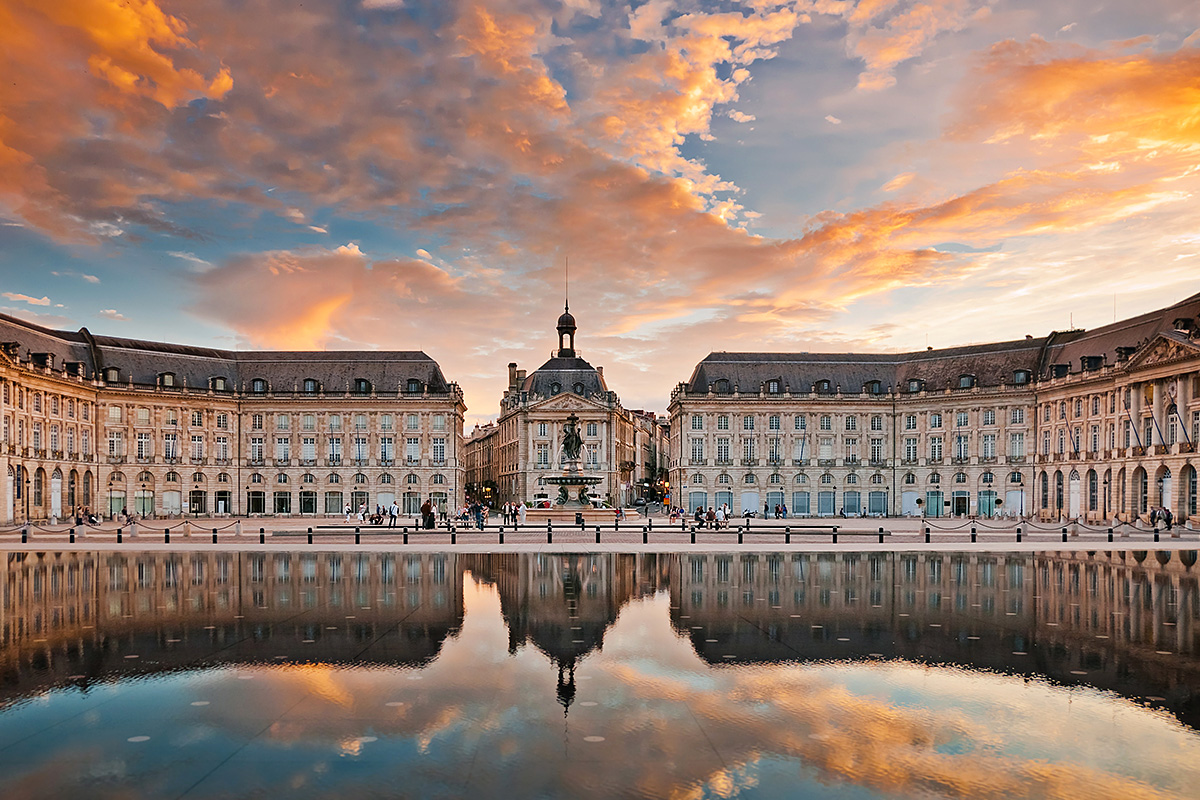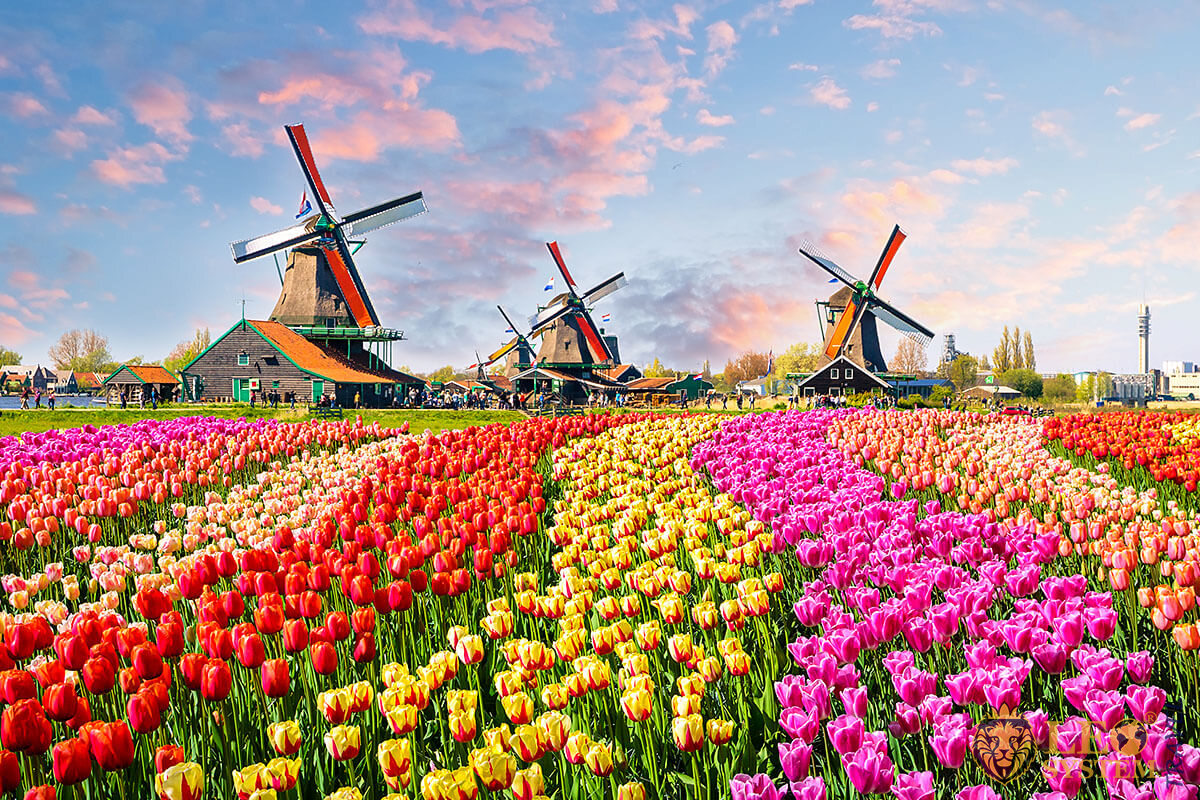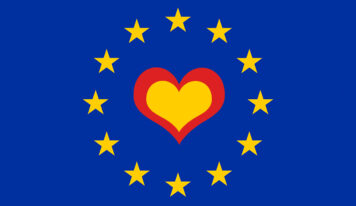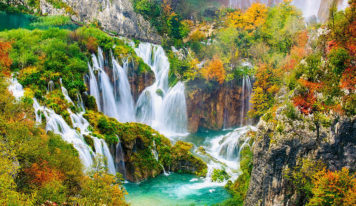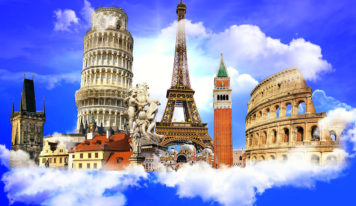In fact, as we all know, there is no single European culture. What we have in Europe are just over forty European Countries, each with their own traditions, a few of which may spill over into a neighboring state.
So, our definition of the European traditions discussed in this article is that they are popular traditions from European Countries.
Germany – Oktoberfest.

Oktoberfest, as a tradition, began in 1810 to celebrate the marriage on 12th October of Crown Prince Ludwig the Bavarian Crown Prince. The citizens of Munich got an invite to the celebration. It was held in the fields outside the city gate and went on for five days.
These days most people see it as a gigantic festival of beer, which oddly enough, mostly takes place in September. It did originally take place in October, but the party just grew and grew and was extended forward into September when there was better weather.
It is really about coming together for a good time, and the 16-day festival now incorporates music, games, lots of beer tents, amusement rides, and did we mention beer tents?
France – Bastille Day.
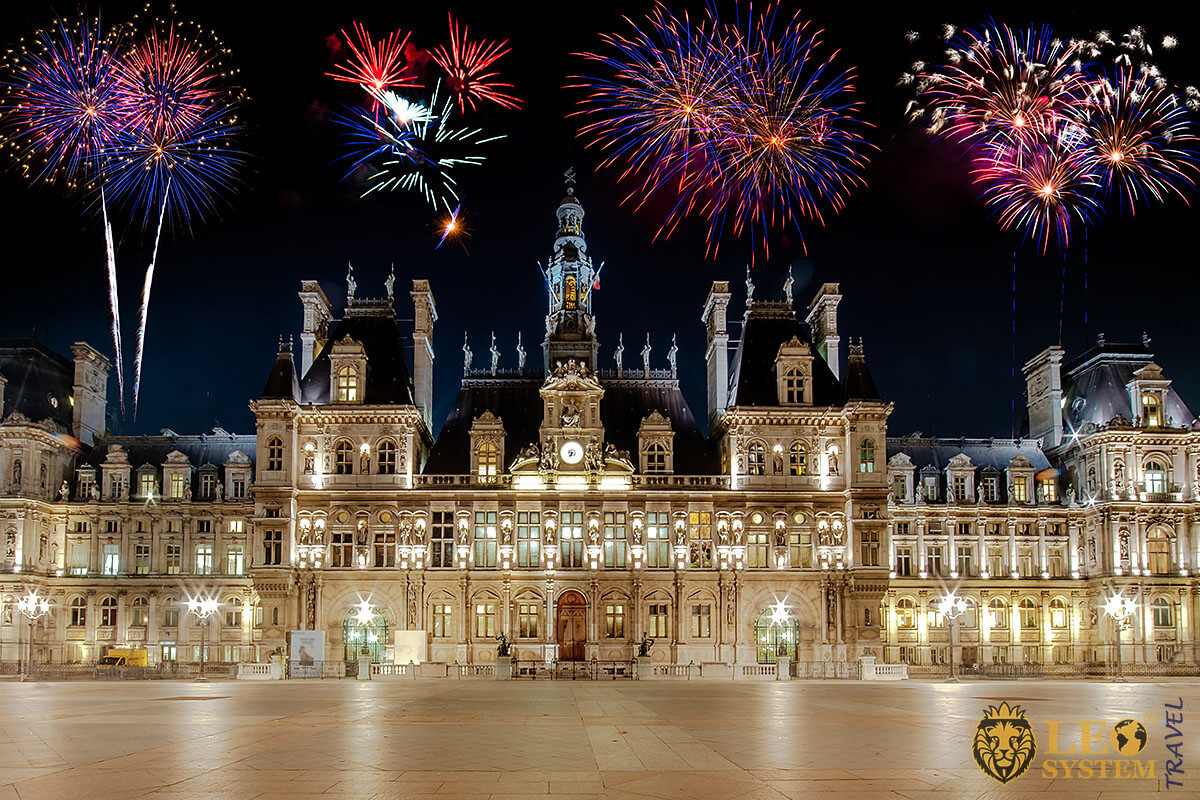
Bastille Day is a celebration of the storming of the Bastille, prison, and fortress, on 14th July 1789. It has now become a celebration of French culture with many showpiece outdoor performances, fireworks, military parades, parties, and communal meals.
The main events are in Paris, but it is celebrated right across France.
Spain – Flamenco.
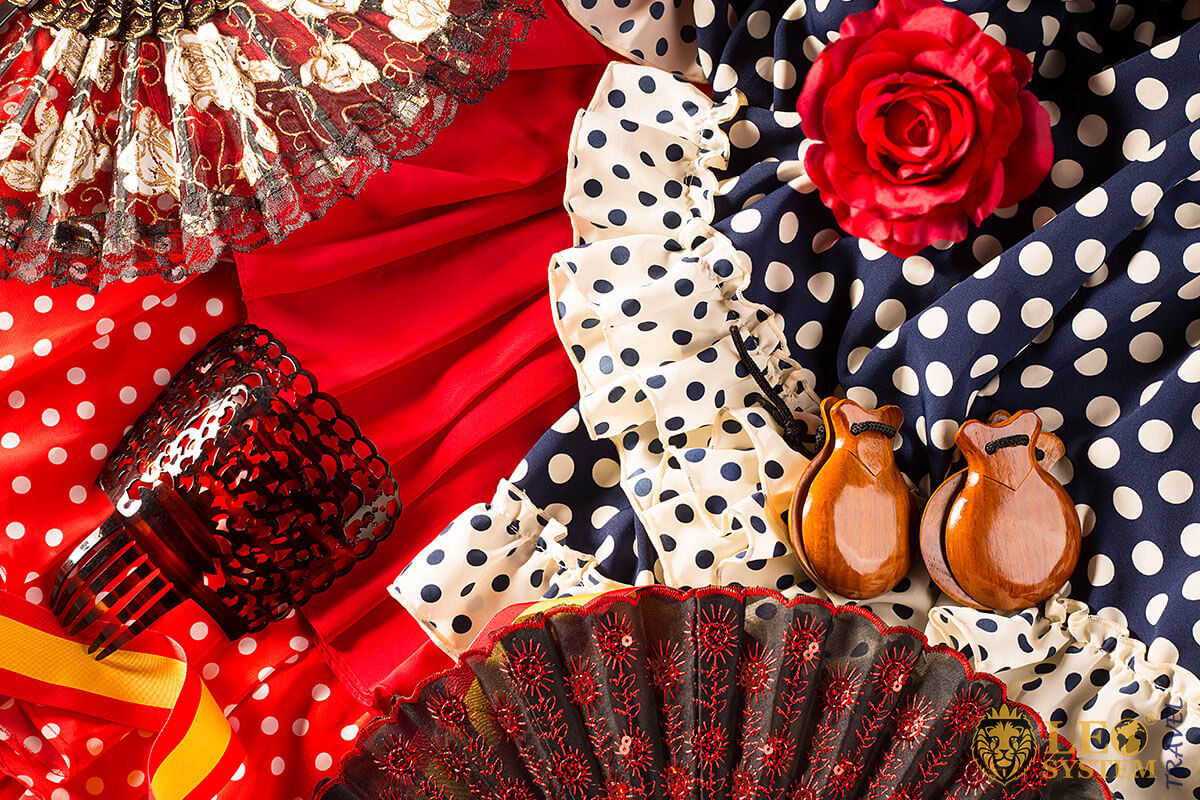
Not an event like most of the other entries in this article, more a cultural tradition. Flamenco is an important cultural icon for Spanish people. It is comprised of three parts, (1) Guitarra (Guitar), (2) Cante (Song), and (3) Baile (Dance).
It started in the southern parts of Spain, where it did not have any musical instruments.
As Flamenco spread the guitar and other instruments have been added.
Italy – Carnival.
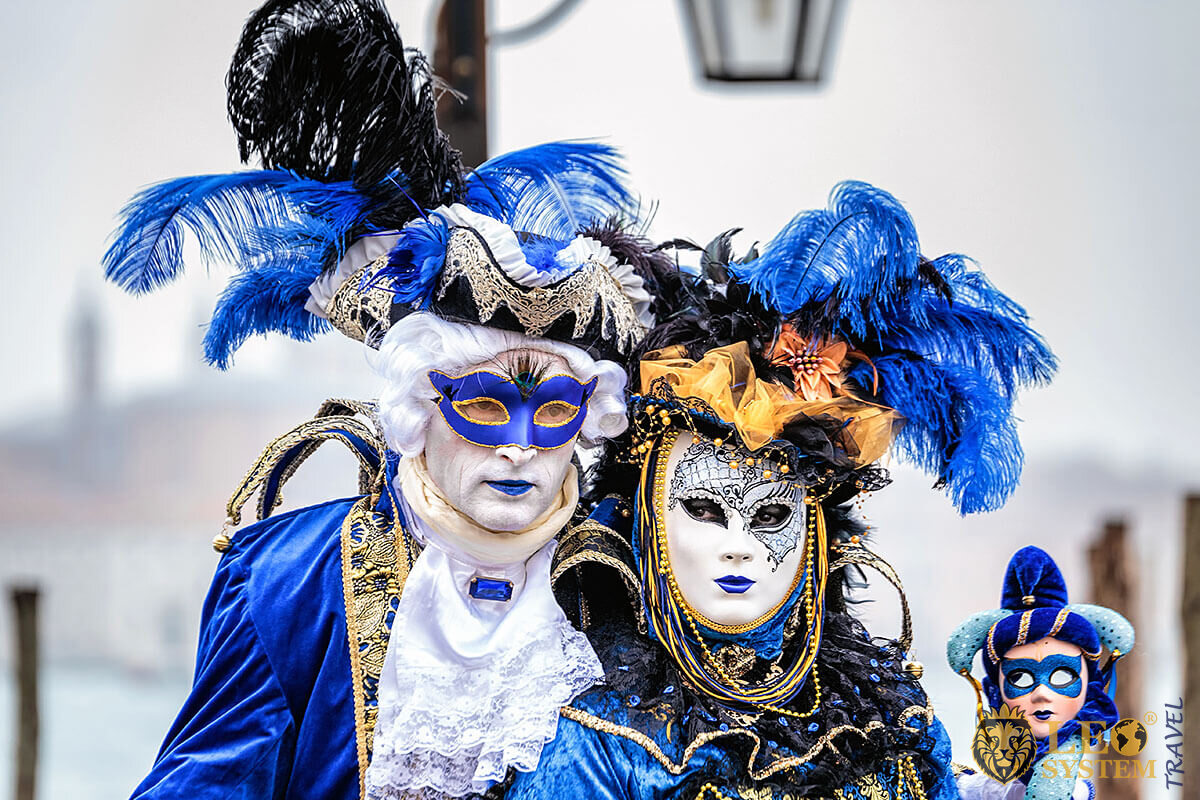
The origins of Carnival is goodbye to meat. It takes place just before Lent, and like other European countries that have their own celebrations associated with Lent, it is an excuse for excess.
The celebration takes place throughout Italy, but one city is famed for its celebrations above all others. Venice is the capital of Carnival.
Carnival takes place in Venice in February, just before Shrove Tuesday. Italians are so aware of the tourist potential of this event that it now commences the weekend before that and is an extended celebration. Even that is not enough, and there is a kind of “pre-Carnival, the weekend before.”
In most of Italy, Children are led around the town in fancy dress of various kinds as they fill the streets with confetti, silly string, and other materials. It is really a festival for children.
However, Venice decided to have a retake and make it more of a commercial event and have Masque Balls, Parties, Costume parades, and somewhat syrupy nostalgia. Carnival is big-business for Venice, and the tourist board and hotels make sure that tourists get involved with a minimum of a face mask.
There are lots of entertainments focused on St. Mark’s Square with a fireworks show at the climax.
Sweden – Crayfish Party.
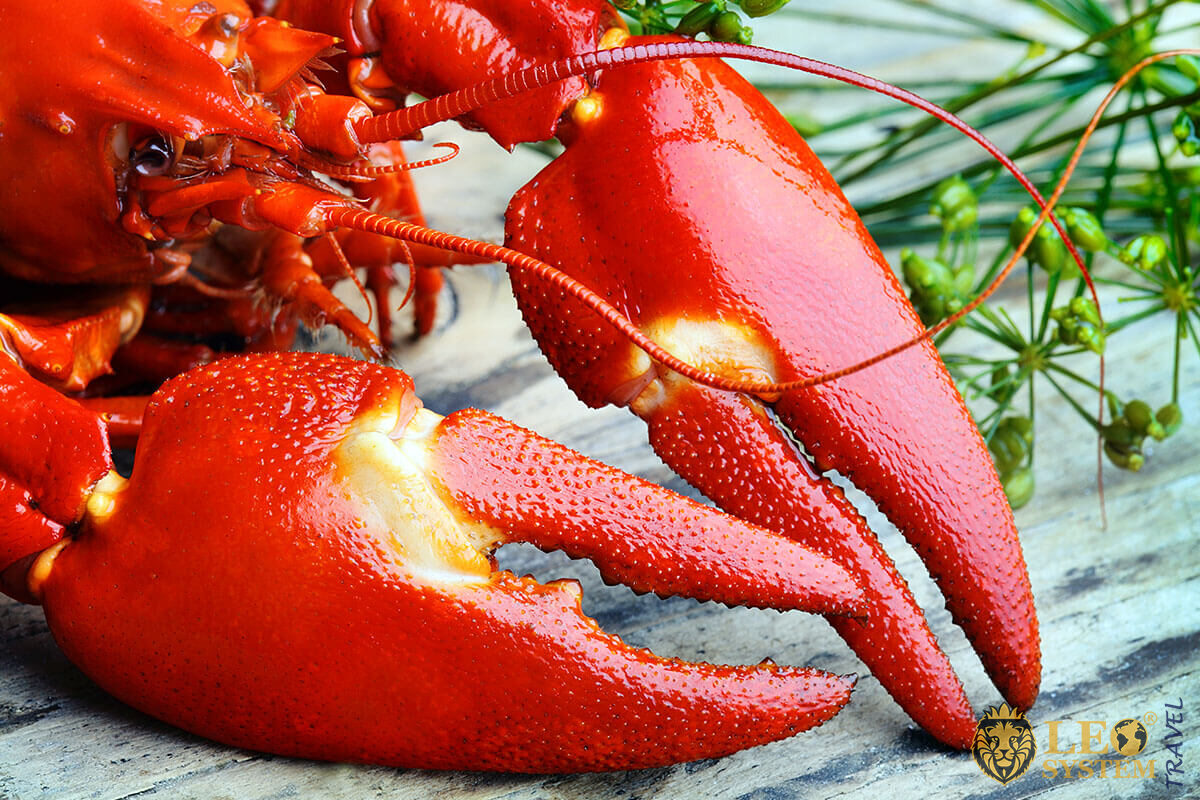
So many of the traditions in Europe seem to be an excuse for a party. In Sweden, it is no different. There isn’t a specific date for this event, although purists claim it should be on the first Wednesday in August.
Crayfish parties take place at home, at work; in fact, any social event can be turned into a Crayfish Party.
People very often wear amusing bibs and party hats for these parties, and of course, they usually involve a drink or two (or three, or four).
The parties were originally connected with the beginning of the crayfish season; Crayfish were only legal for a couple of months each year back in the 1900s. That’s no longer the case, but hey, while spoil a good thing? So, the parties continue.
United Kingdom – Bonfire Night.

The British tradition of “Guy Fawkes Night or Bonfire Night” actually commemorates a failed attempt to blow up the King and parliament. A Catholic named Guy Fawkes was a conspirator to blow up the Protestant government, but failed miserably, meeting a rather nasty end.
This conspiracy is celebrated by children building an effigy of Guy Fawkes and collecting money from passers-by. There was a time when these were often very intricate, but these days, the children make something quickly (and sometimes don’t even make the guy) before demanding money from adults.
In the evening, there are community fireworks displays, and family displays, resulting in the hospitals being filled with casualties. They also build massive bonfires and throw the guy on the fire.
Iceland – Cream Bun Day.

Cream bun day (or Bolludagur) it’s celebrated every year in Iceland. It is the first of three days of excess. The tradition started in Denmark and Norway, and Iceland shaped it into its current form.
How it works is that children create a short stick made from rolled colorful paper and spank their parents and other grown-ups with these sticks. As they do this, they shout, “bolla, bolla, bolla (bun, bun, bun).
In return for the spanking, the parents are supposed to give the child a cream bun. The total of buns awarded is equal to the number of times the child manages to spank the adult.
Every year a country with a small population of 330,000 residents manages to get through around one million Bolludagur-buns.
Poland – Wet Monday.
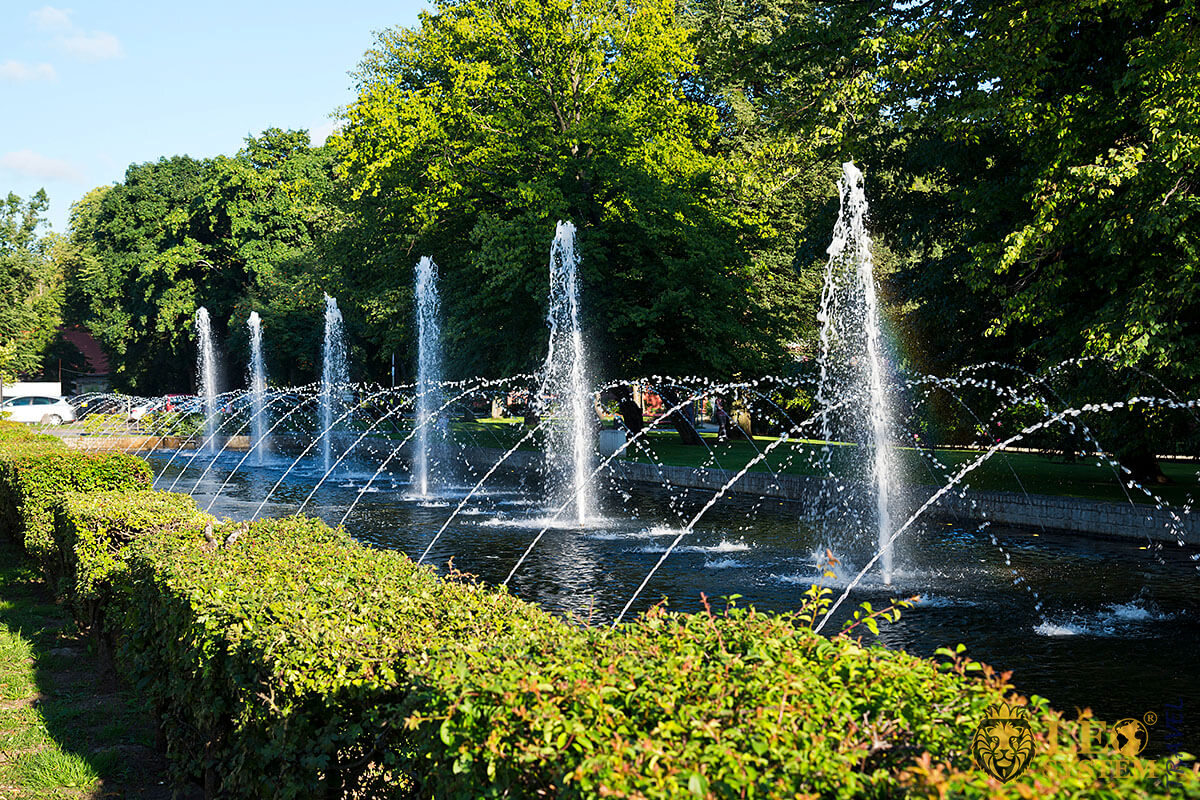
Were you aware that Poland has a special day for soaking girls with water? The festival, called, Smigus Dyngus takes place on a Monday, and then the girls get their chance for some revenge on Tuesday.
This festival went back a few centuries and started with boys sneaking into girls bedrooms and then throwing a bucket of water over them. After that more spanking, this time in Poland, the boys spanks the girls with “Pussy willow.”
Final Thought.
In this overview of popular European traditions, you can see the various European countries have a wide variety of unusual and popular customs. These are just a few from a selection of countries, but if you investigate, you will find that most countries have their own unique traditions.
Also read the article: What Is European Culture?

